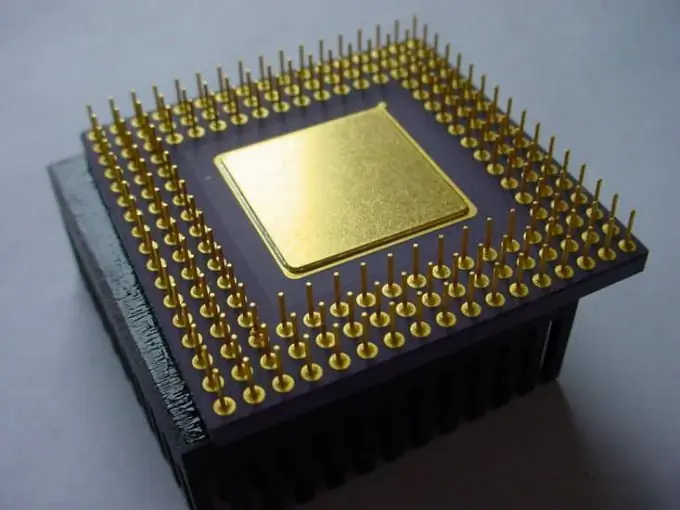Overclocking the processor is carried out in order to improve its performance. This is a laborious process. It requires extreme care and certain precautions.

Instructions
Step 1
Before you start overclocking your computer's processor, you need to protect yourself from unpleasant consequences. Modern motherboards, as well as many special utilities, greatly simplify the overclocking of the processor. However, incorrect operation with these settings can nullify all your work. Errors in settings often lead to equipment failure.
Try to find a second computer, you may need it to diagnose errors if they appear. If you have a Xeon, Opteron, Quadro or FirePro processor, do not try to overclock it with third-party utilities, use only the tools that come with it.
Step 2
Visit your motherboard manufacturer's website. Download and install the program to configure system parameters and monitor its operation. In addition, you will need the CPU-Z utility, which can be found through any search engine. This utility will help you constantly monitor the operation of the processor, video card and motherboard while changing various settings.
Step 3
The exact steps you need to take to overclock your processor depends on the hardware you are using. However, the general principles are almost always the same. Read the user manual and find and write down the default settings under which your processor operates. You may need them in case of problems.
Step 4
Run the program downloaded from the motherboard manufacturer's website. Change the CPU Multiplier or clock ratio by one division. If you want to overclock your graphics processing unit (GPU), don't do it at the same time. Change first one parameter, and then the second, otherwise you will not be able to determine the cause of the error if it occurs.
Step 5
Restart your computer and watch for any error messages on the monitor screen. Also, see if your system boot speed has slowed down. If you find one of these problems, undo the processor settings you made.
Step 6
If there are no problems during boot, check the operation of the entire system with the new parameters. Run the CPU-Z utility and pay attention to the processor clock speed. If the values meet your expectations, continue working.
Step 7
Run a PC stability test to make sure that your setup is correct. Some processors come with utilities that allow you to control the operation of your computer's systems. If you don't have such utilities, download and install Prime95. It allows you to effectively stress test the system, especially the processor. Run this program. If your computer continues to run after 20 to 25 minutes, the previously performed processor configuration can be considered successful. If you wish, you can continue to increase the processor multiplier and then check the system operation.
Step 8
Remember that improving processor performance is likely to change the temperature at which it operates. To solve this problem, you can change the operating parameters of the existing fan or consider installing more powerful cooling systems.






